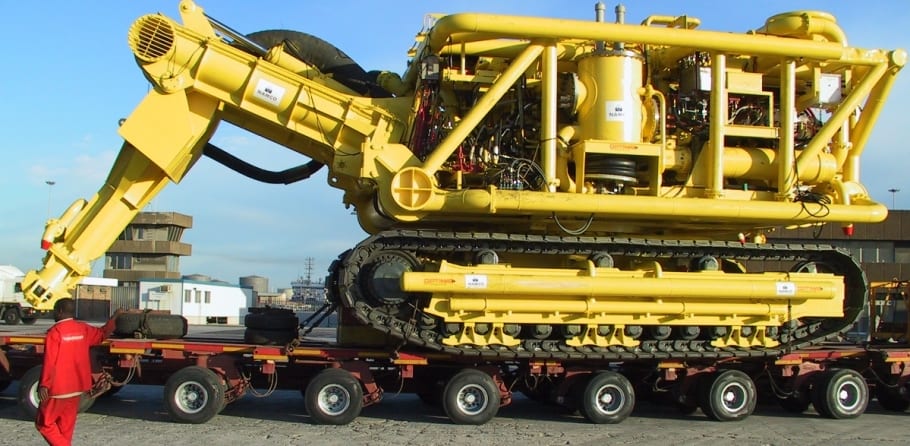Everyone knows what a diamond is, right? Sparkly, colourless gemstone, expensive, mined from deep holes in the ground, often used in engagement rings and fabulous jewellery, ‘girl’s best friend’, ‘forever’, and all that.
There are many different types of diamond, but if you’re going to get technical, you could describe it as being made from carbon, being one of the hardest naturally occurring substances, being used for industrial cutting as well as jewellery.

The Koh-i-noor diamond - one of the largest in the world, weighing 105.6 carats and is part of the British Crown Jewels.
How about the fact that it’s 10 on the Moh hardness scale, it has a lattice structure of carbon atoms, held together with strong covalent bonds (which make it so hard), is largely impervious to impurities, and is formed in deposits of Kimberlite deep underground, under intense pressure and temperature, many millions of years ago.
AND HERE'S THE THING - ALMOST ALL OF THOSE STATEMENTS ARE CORRECT. ALMOST.
The physical properties of diamonds are not in doubt, but where many people understand diamonds to be extracted solely from mines, often in Africa, there’s a lot more to the story than that. Also, the misconception that they’re "rare" must be disputed, and the ‘fact’ that they’re expensive has more smoke-and-mirrors about it than you might expect.
THE DIAMOND INDUSTRY AS A WHOLE HAS BEEN ACCUSED OF RUNNING A CARTEL, AND DE BEERS (CONTROLLING 90% OF THE MINED DIAMOND INDUSTRY) PLEADED GUILTY IN 2004 TO PRICE-FIXING
WHERE DO DIAMONDS COME FROM?
While it is true that many diamonds are mined from deep pits, in Africa, South America, Russia, Australia, Canada and other places, some are extracted from sediment deposits on rivers and deltas, where diamonds are washed downstream from kimberlite deposits. Diamonds are also being extracted from under the sea, where river outflow has washed diamonds offshore.

Canadian undersea diamond mining crawler
An undersea diamond mining crawler Also, diamonds that are chemically, and in every other sense, identical to a mined diamond can be made in laboratories. This is done either using High Temperature, High Pressure method, replicating the conditions under which diamonds are formed underground, or using Chemical Vapour Deposition (CVD), where methane gas is made to bond with seed diamonds using microwaves.
There has recently been a ruling in America that these diamonds are just as much real diamonds as the mined variety, and the jewellery industry has gone into convulsions! Arguments have broken out regarding how these diamonds can be described in marketing material, and traditional jewellers have been making a big fuss over the fact that the only ‘real’ diamonds are the ones that THEY have, not these lab-grown upstarts. It’s been rather amusing to watch!
In addition, there are Ethica Diamonds where advanced diamond technology is utilised to produce a gemstone that is visually identical to a mined diamond, comes independently certified as E colour, VVS1 clarity, and is cut to ideal proportions and is tougher than diamond because it doesn't have the inclusions.
COST AND RARITY OF DIAMONDS
Doubling back to our list of facts about diamonds, let’s look at their cost and rarity, because these are connected. It is a simple fact that if a thing is rare, those who have it can charge more to those wishing to purchase it. If you say something is rare, you can still charge more, until people cotton on to the fact that you’re sitting on a huge stockpile, and then you have problems.
If two or three of you are selling a thing, and keeping the price artificially high, so you can all make tidy profits, then that’s a cartel, and illegal. The diamond industry as a whole has been accused of running a cartel, and De Beers (controlling 90% of the mined diamond industry) pleaded guilty in 2004 to price-fixing.
Diamonds are extracted from the ground in the millions of carats every year, and it is not the case that all jewellery-quality gems are sold immediately to be made into items for purchase, and the mechanism for their sale, cutting, polishing and setting is still inherently obscure. Draw your own conclusions…
TYPES OF DIAMONDS
Different types of diamonds exist – those suitable for jewellery are in general larger, clear-coloured, with fewer internal flaws. Small diamonds, sometimes called diamond dust, those which have internal flaws that disturb their visual clarity, and those which are less than pure white, tend to be used for industrial purposes. Unless they’re really unusual colours, in which case they sell for a fortune! See our blogs about blue and pink diamonds for more details on this.
Both mined and lab-grown diamonds can be used for industrial purposes, indeed lab-grown diamonds were initially created for this reason in the 1950s, before the technology was improved allowing jewellery-quality stones to be made.
Our Ethica Diamond is only created for jewellery.
FINAL COMPARISONS
The mined diamond industry, with an interest in keeping the price high, carefully regulates the prices of mined diamonds, with factors such as carat (size), colour, and quality governing the price at which they can be sold. Lab-grown diamonds are also priced according to the same scale, but with a price that is usually around 30-40% less than the equivalent mined stone. (We have a blog that goes into this in more detail if you’re curious.) Ethica Diamonds are priced according to the cost of manufacture, and the overheads of running a business. This is not tied to the diamond pricing system, which means that the Ethica diamonds are substantially less than the cost of the equivalent mined diamond. So, that’s what a diamond is, and what it isn’t. You can choose to whether to subscribe to the marketing hype that they are ‘forever’ or opt instead for a man-made version, without the ecological damage, dubious ethical practices, and inflated price. It’s up to you, but we believe that the Earth is more precious than that, and that you deserve better, in any case!
Read Next

Colour is the New Classic: Engagement Ring Trends to Watch
This summer, coloured engagement rings are taking over. Discover why modern couples are choosing lab-grown stones for their ethical beauty, individuality, and timeless charm.

Your Love Story, Uniquely Told: Three Ways We Make Engagement Rings Truly Yours

Ethica Collaboration With Joanna Lumley For Born Free Foundation
Ethica has created a unique pendant and the proceeds will support Born Free's conservation efforts, reflecting our commitment to giving back and making a positive impact.


